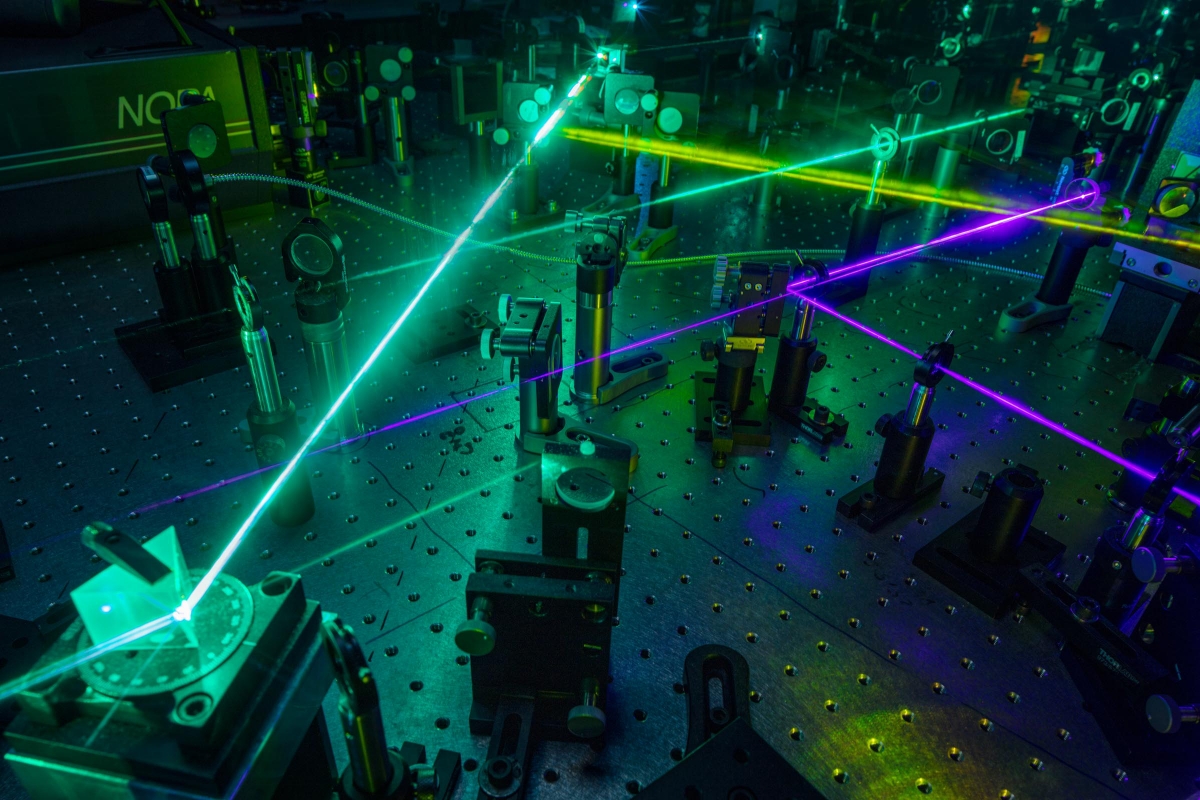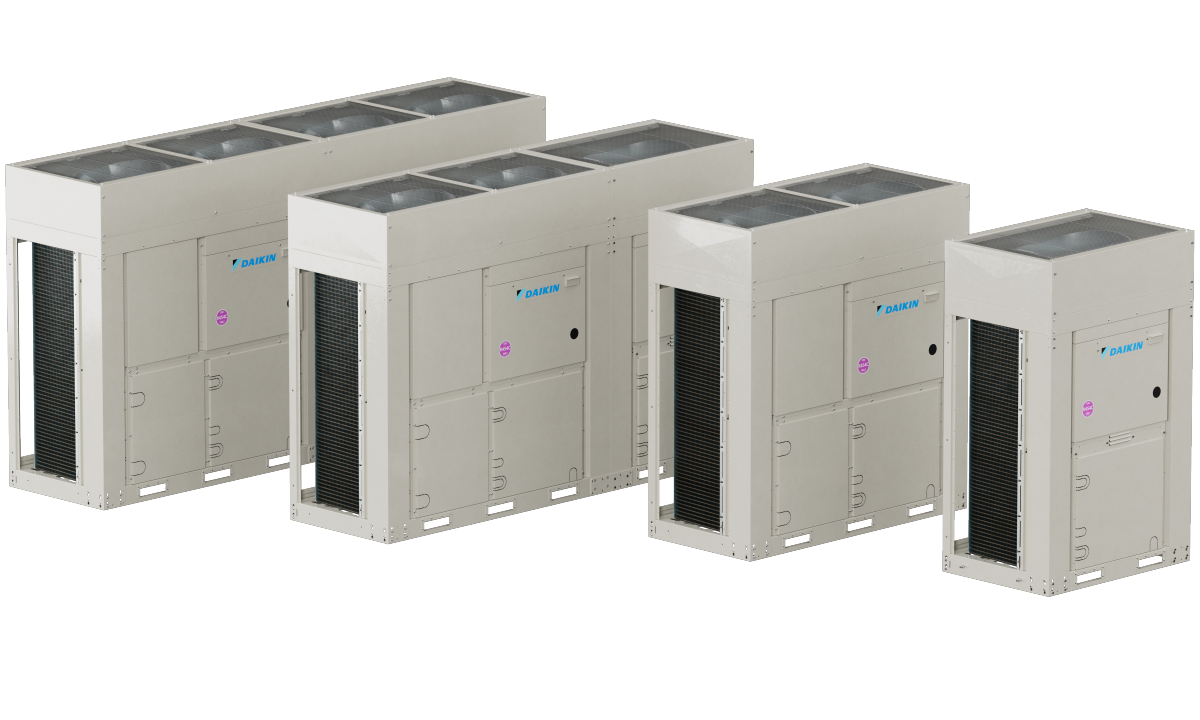Scientists from Helmholtz-Zentrum Berlin (HZB) have used contactless terahertz measurements to evaluate the characteristics and performance of emerging semiconductors for applications in PV or photoelectrochemical energy conversion.
In particular, they used the Optical Pump THz Probe (OPTP) technique, which is a well-established spectroscopy method for monitoring bulk photo-excited carrier dynamics. They also used time-resolved microwave conductivity (TRMC), which is commonly used to evaluate the electronic properties of semiconductors.
“The expertise from 15 laboratories is combined to quantitatively model the current-voltage characteristics of a solar cell from such measurements,” the scientists said, adding that both techniques can be used to assess the formation and kinetics of photoexcited electrons, holes, and excitons by measuring photoconductivity transients, as well as mobilities.
They applied their proposed approach to solar cells with efficiencies of more than 20%, based on a halide perovskite known as (Cs,FA,MA)Pb(I,Br)3. The cell was operated under standard illumination conditions, while OPTP and TRMC were measured after pulsed excitation.
“To characterize the measurement variations, we studied the charge carrier mobility in 15 TRMC and OPTP laboratories and were thus able to statistically decouple the inter-laboratory variations from the intrinsic material properties,” they said.
The research group reported alignment between the predicted and actual performance of the solar cell among the 15 laboratories.
“We could identify some neuralgic points that have to be considered before the actual measurements takes place, which allows us to arrive at significantly better agreement of the results,” said Hannes Hempel, the research coordinator.
The scientists described their approach in “Predicting Solar Cell Performance from Terahertz and Microwave Spectroscopy,” which was recently published in Advanced Energy Materials. They claimed that the study outlines best practices for the interpretation of terahertz and microwave measurements on photovoltaic materials.
“We believe that this analysis is of great interest for photovoltaic research, because it predicts the maximum possible efficiency of the material in a solar cell and reveals the influence of various loss mechanisms, such as transport barriers,” said researcher Thomas Unold.
This content is protected by copyright and may not be reused. If you want to cooperate with us and would like to reuse some of our content, please contact: editors@pv-magazine.com.




By submitting this form you agree to pv magazine using your data for the purposes of publishing your comment.
Your personal data will only be disclosed or otherwise transmitted to third parties for the purposes of spam filtering or if this is necessary for technical maintenance of the website. Any other transfer to third parties will not take place unless this is justified on the basis of applicable data protection regulations or if pv magazine is legally obliged to do so.
You may revoke this consent at any time with effect for the future, in which case your personal data will be deleted immediately. Otherwise, your data will be deleted if pv magazine has processed your request or the purpose of data storage is fulfilled.
Further information on data privacy can be found in our Data Protection Policy.